Baseball History Comes Alive Now Ranked #2 by Feedspot Among All Internet Baseball History Websites and Blogs!
Guest Submissions from Our Readers Always Welcome!
Scroll Down to Read Today’s Essay
Subscribe to Baseball History Comes Alive for automatic updates.
A few years ago, I wrote an essay about backup catchers, an important team position that is often overlooked. Today Vince Jankoski sets the record straight with an interesting essay detailing the exploits of the 1961 Yankees’ outstanding backup catcher, Johnny Blanchard. As you’ll see, on a team full of stars and in a year dominated by the Mantle-Maris home run race, Johnny pulled his weight…and much more. I think you’ll enjoy what Vince has for us today. In the featured photo, we see Johnny with Yankee teammates Elston Howard and Yogi Berra- GL
Baseball’s Forgotten Stars:
JOHNNY BLANCHARD
The 1961 New York Yankees were an awesome offensive machine. Feeding on watered-down pitching caused by expansion, they had six players who hit at least 20 home runs. As a team, they hit 240 round-trippers. They won 109 games. In the MVP balloting Yankees finished 1st (Roger Maris), 2nd (Mickey Mantle), 5th (Whitey Ford), 6th (Luis Arroyo), and 10th (Elston Howard).
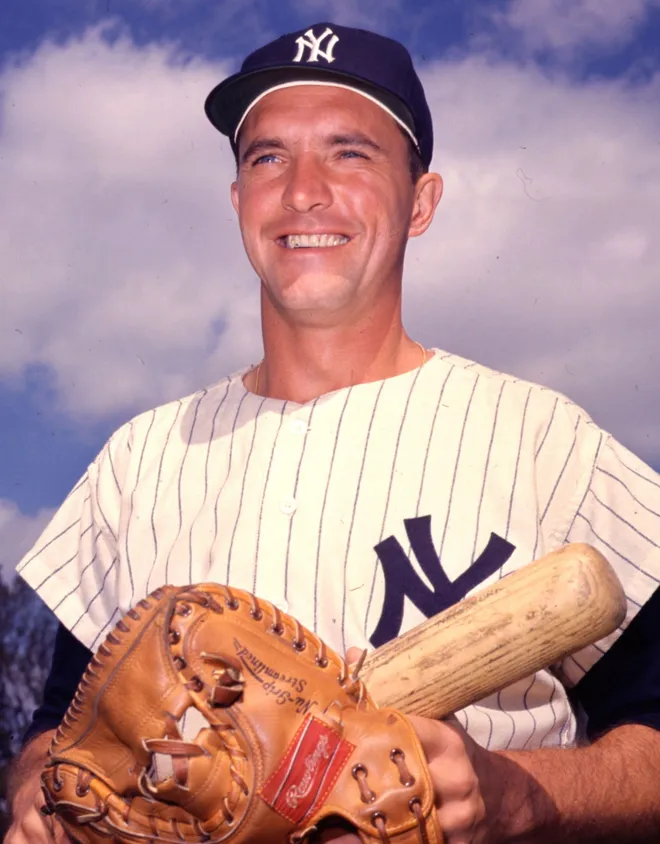
The year will mostly be remembered as the year Mickey Mantle and Roger Maris dueled to determine whether either man would break Babe Ruth’s single-season home run record. Maris won out with 61, but Mantle finished with 54. Moose Skowron contributed 28, Yogi Berra 22, and Elston Howard 21. Whitey Ford had his best season, going 25-4, capturing his only Cy Young Award at a time when only one was given in all of major league baseball. Ralph Terry went 16-3; Arroyo was 15-5 with 29 saves solely in relief.
With all of those gaudy numbers, there was one essential contributor largely forgotten by baseball history: reserve catcher and pinch hitter extraordinaire Johnny Blanchard. Blanchard only had 275 plate appearances, about half a season. Yet, he hit 21 home runs, tied for fifth on the team. His .305 batting average was third on the team, behind Howard (.348) and Mantle (.317). His .382 on-base percentage trailed only Mantle (.448) and Howard (.387). Only Mantle (.687) and Maris (.620) had greater slugging averages than Blanchard’s .613. His .995 OPS trailed only Mantle (1.135), and his OPS+ of 168 was behind only Mantle’s 206. A sure indicator of what opposing pitchers thought of Blanchard’s hitting abilities, he tied for the team lead with Mantle with nine intentional walks in less than half the plate appearances. He and Mantle were tied for fourth in the league in that category.
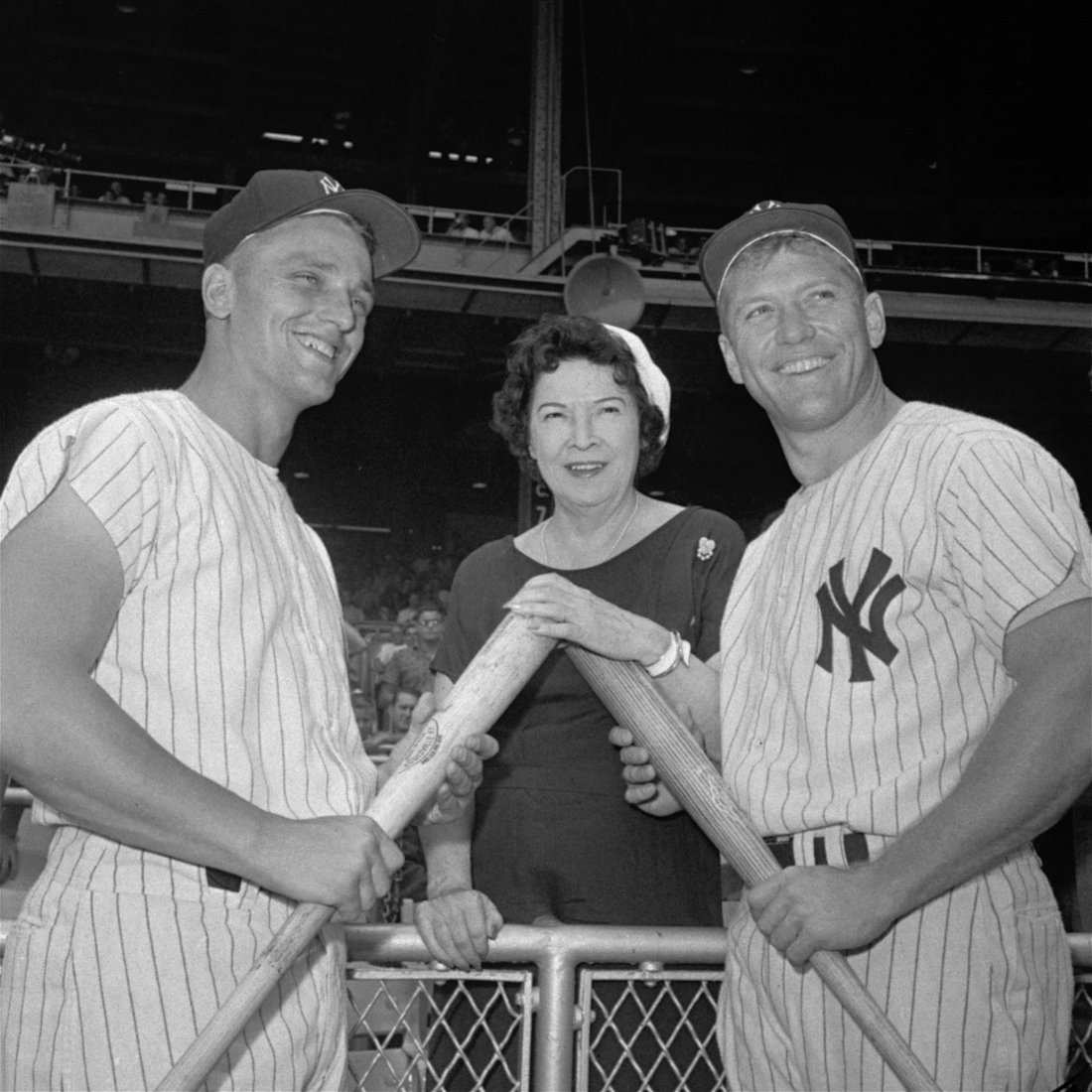
To put all of that into perspective, Blanchard had a higher batting average and a higher on-base percentage than MVP Maris. His slugging average was only .007 lower than Maris’, and his OPS and OPS+ were better than Maris and everyone else on the team except Mantle. He had quite a season.
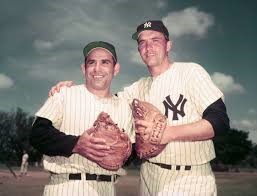
His hitting prowess carried over into the World Series. Getting more playing time due to a rash of injuries to Yankee regulars, Blanchard smacked four hits (including a double and two home runs) with two bases on balls in 12 plate appearances in the five games it took the Yanks to dispatch the Cincinnati Reds. His homer in the eighth inning of Game Three against Bob Purkey tied the score, enabling Maris to win the game with a home run the next inning.
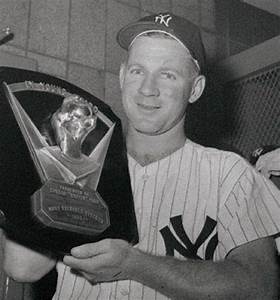
Despite his obvious hitting talents, the Yankees had no place for Blanchard to play. At catcher Howard was a nine-time all-star – 12 if you count the two All-Star games played from 1960-62. In case he needed a day off, there was always Berra to turn to. Nor could Blanchard crack the Yanks Hall of Fame outfield of Berra, Mantle, and Maris. And a defensive replacement he wasn’t. Besides, the ’61 Yankees had Bob Cerv and Jack Reed for that role. Notwithstanding, Blanchard caught 48 games that year, and played 15 in the outfield. As a historical aside, it was Blanchard, not Howard or Berra, who was behind the plate when Ralph Terry hung the curve ball that Bill Mazeroski hit out of Forbes Field in the bottom of the ninth inning winning Game Seven of the 1960 World Series for the Pittsburgh Pirates.
It was at pinch-hitting that Blanchard found his niche in 1961. For those of us who followed the Yankees that year, it seemed as though Blanchard pinch-hit every game. Not so. Actually, he pinch-hit only 26 times that season with seven pinch-hits. He made the most of those seven hits. He had four dingers and 12 RBIs.
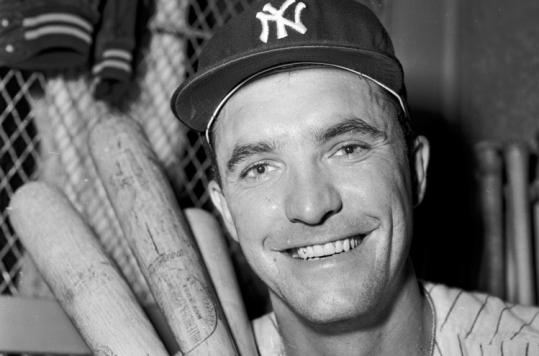
The 1961 season was Blanchard’s high water mark. After that year, his batting and slugging averages fell. He continued to pinch hit a lot and played some at catcher and in the outfield with an occasional game at first base, but he was not the same player. His career proceeded on a downward trajectory.
From 1959 to 1965, Blanchard pinch-hit 147 times for the Yankees, amassing 25 hits and six home runs, not spectacular numbers, but consider: the Yanks won five consecutive pennants during that time. His pinch hits won a lot of important games. In 1965, the year the Yankees collapsed, he was traded to Kansas City for Doc Edwards. Fittingly, 1965 marked the downward slides of both that particular iteration of the Yankee dynasty and of Blanchard’s career. From Kansas City he went to Milwaukee, another weak team, later in the season. But pinch hitters are useless on mediocre teams. Winning a few games with key pinch hits might make the difference between a World Series appearance and second place. The same few games might also make a difference between sixth and fifth place, but who cares?
Blanchard never regained the glory of 1961. He retired at the end of the 1965 season. He died March 25, 2009, in his native Minnesota.
Vince Jankoski
Click on the green “Follow Us” icon below to subscribe to our website, Baseball History Comes Alive to receive email updates of new essays as they are published. Our site has over 1500 fully categorized baseball essays and photo galleries, now surpassing the one million hits mark with over 1,228,000 hits and over 950 subscribers: https://wp.me/P7a04E-2he

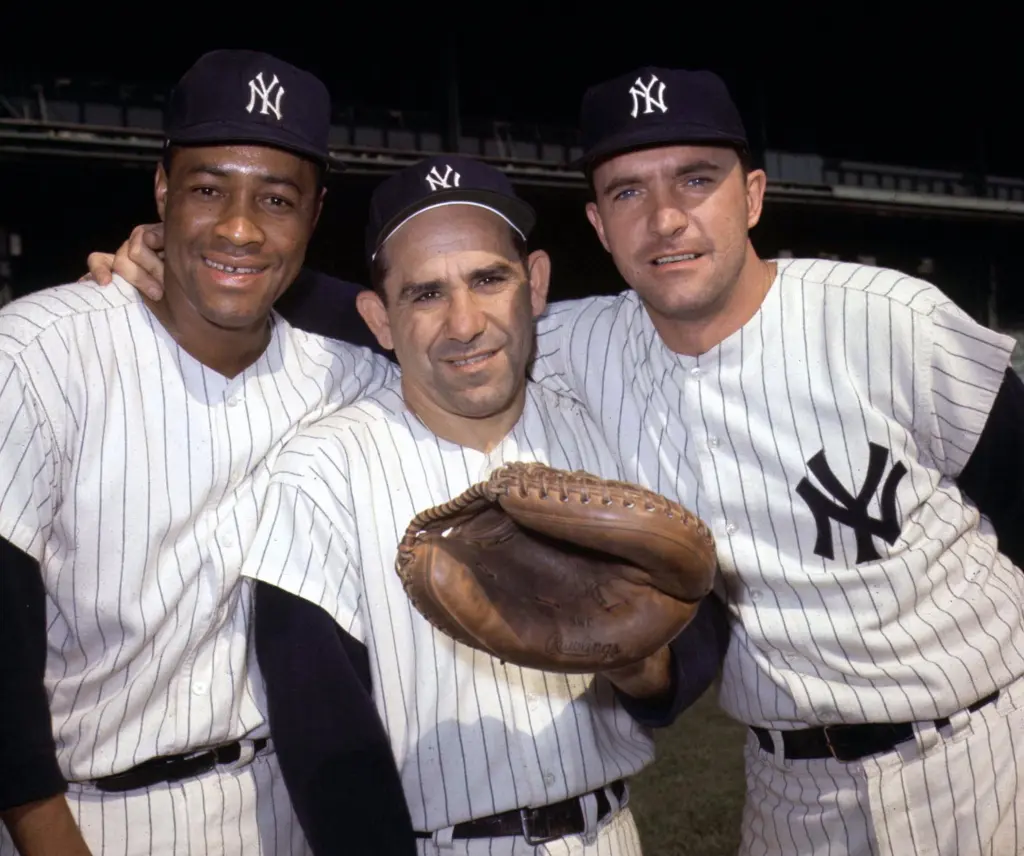
Thanks Vince…great essay!
Thanks, Vince.
1961 taught this 10 year old Red Sox fan that the Red Sox/Yankee rivalry was much like the rivalry between the hammer and the nail.
I grew up with the last vestiges of the old Yankee dynasty.
That year was much like 1930 where offensive stats were a little off the charts, especially in the American League. Players like Norm Cash hit .361 and never came close to that level again. The M&M boys had legendary
battles until The Mick got injured in late summer.
Meanwhile, I lamented the retirement of Ted Williams and began cheering for his replacement, Carl Yastrzemski because we shared the same birthday. Alas, I had to wait six long years before Yaz emerged from his cocoon and had his Triple Crown year in “The Impossible Dream” of 1967; then on to his Hall of Fame career. By then, the Yankees were manned by the likes of Thad Tillitson and Horace Clarks of the world never to regain their footing until 1976.
Paul…do you meann 1975 when they regained their footing?
Gary,
1976 was when the Yanks regained WS status; 1975 was Sox and Carlton Fisk.
Sorry, misread…thought you were talking about the RS.
Paul,
Thanx for the comment. I don’t believe there was ever a case where a player single-handedly carried a team into post-season as much as Yaz did in the last two weeks of the 1967 season. It seemed like he willed his team into the World Series. He hit something like .513 in the last two weeks of the season, including going 7-8 with a home run and 6 RBIs in the final two games against the second place Twins.